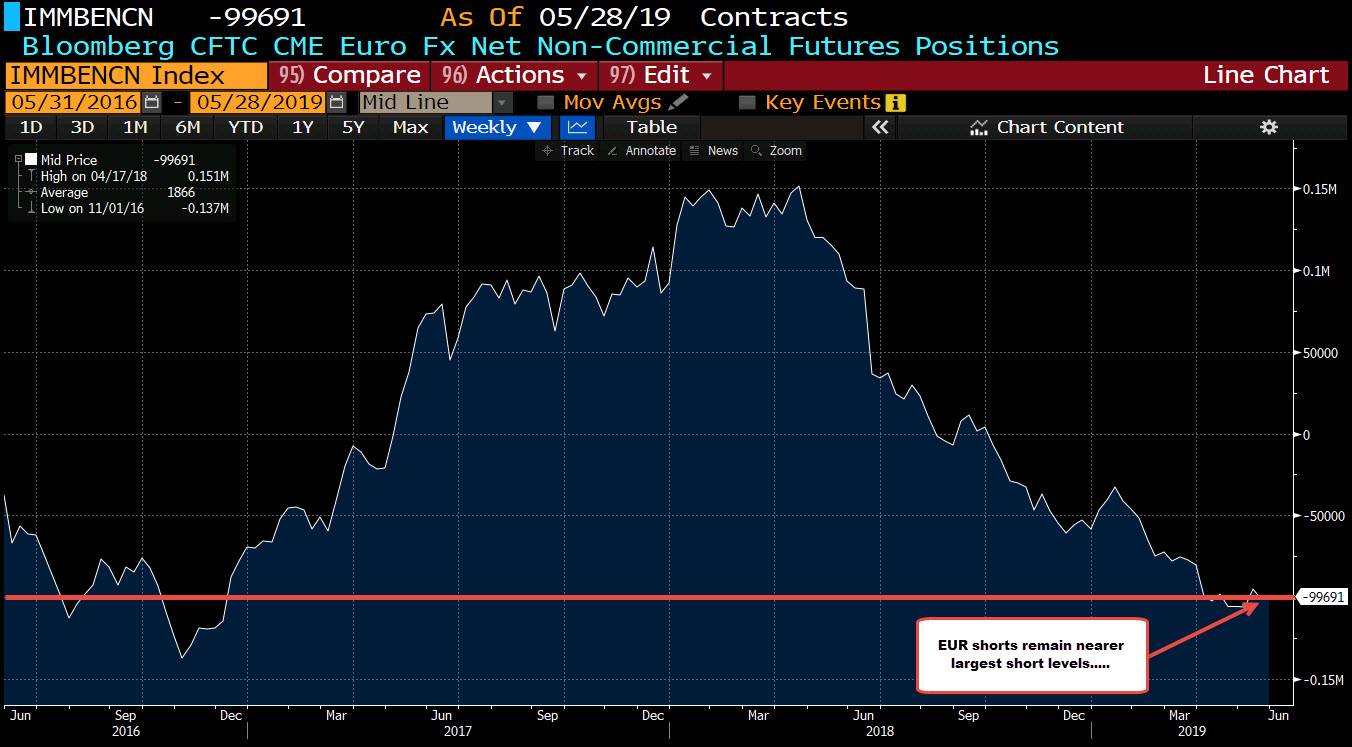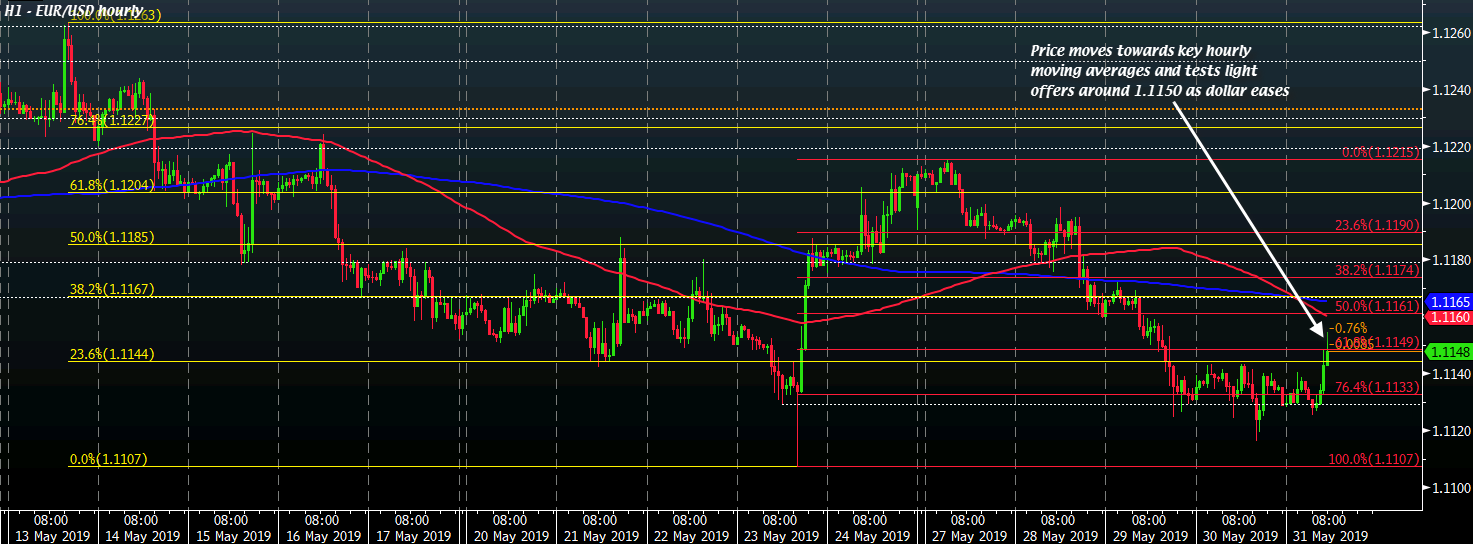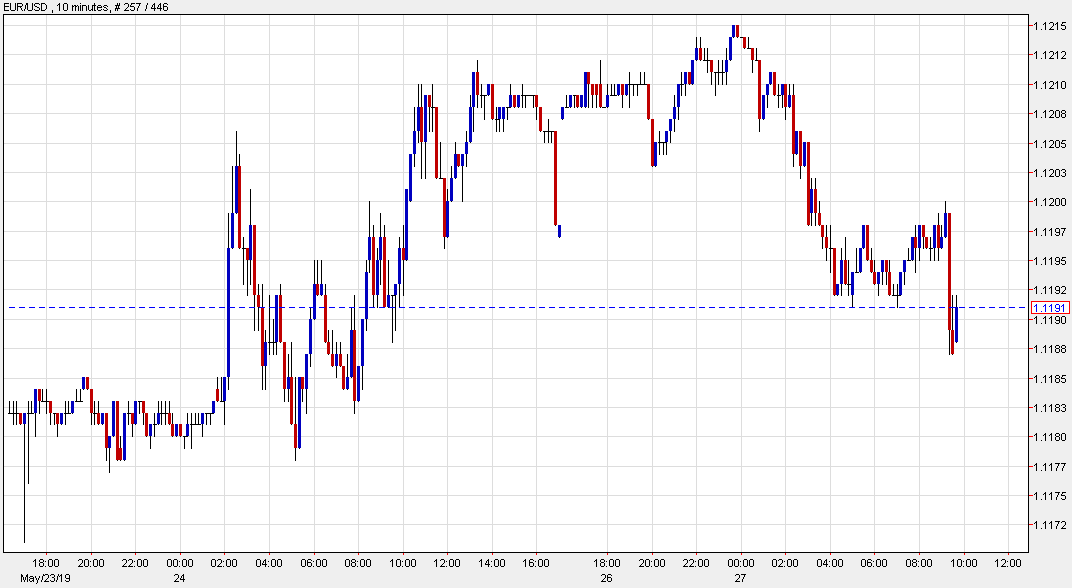On Japan, the summary remarks from the treasury report:
- Japan and Germany have met two of the three criteria in every Report since the April 2016 Report (the initial Report based on the 2015 Act), having material current account surpluses combined with significant bilateral trade surpluses with the United States.
For background, the criteria the Treasury use (this in brief):
Criterion (1) – Significant bilateral trade surplus with the United States
- Treasury assesses that economies with a bilateral goods surplus of at least $20 billion (roughly 0.1 percent of U.S. GDP) have a “significant” surplus.
Criterion (2) – Material current account surplus
- Treasury assesses current account surpluses in excess of 2 percent of GDP to be “material” for the purposes of enhanced analysis.
Criterion (3) – Persistent, one-sided intervention:
Treasury assesses net purchases of foreign currency, conducted repeatedly, totaling in excess of 2 percent of an economy’s GDP over a period of 12 months to be persistent, onesided intervention.
And;
Pursuant to the 2015 Act, Treasury finds that no major trading partner met all three criteria in the current reporting period based on the most recent available data. Eight major trading partners, however, met two of the three criteria for enhanced analysis under the 2015 Act in this Report or in the October 2018 Report. Additionally, one major trading partner, China, constitutes a disproportionate share of the overall U.S. trade deficit. These nine economies – China, Japan, Korea, Germany, Italy, Ireland, Singapore, Malaysia, and Vietnam – constitute Treasury’s Monitoring List.
—-
OK, Japan escapes being labelled a manipulator. Chill out on the yen on this front at least.




